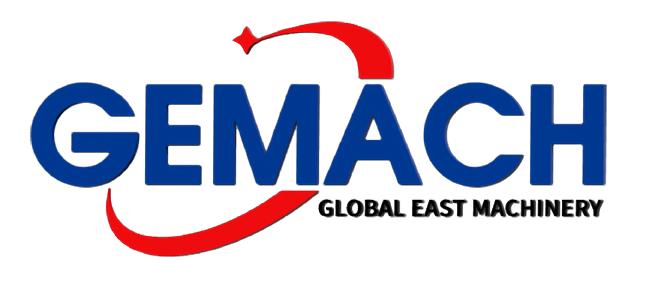The difference between a disc plow and a disc harrow
Release time:
2024-04-16
The disc harrow consists of a harrow frame, harrow groups, a traction or suspension device, and a deflection adjustment mechanism. To increase the depth of the soil, some lightweight and small harrows are equipped with weight boxes on the harrow frame.
The purposes and functions of the machine tools vary: disc plows are mainly used for tilling and plowing, light harrows and medium disc harrows are used for leveling operations in tillage, while heavy disc harrows and combined tillage machines are also used for uncultivated land. Tillage operations.
The connection with the locomotive is different: the disc plow is a three-point suspension type, while the disc harrow has a suspended light harrow and a medium harrow, as well as a towed heavy harrow and combined tillage machine.
The structure of the machine and the forces during operation differ: the disc plow is similar to the installation position of shares on a three-point suspended plow, with two or more disc plow bodies and turntables installed. The structure of the installed components balances lateral pressure with tail wheels. The equipment bears high pressure during operation. The disc harrow consists of a traction frame, a harrow frame, and multiple groups of discs (multiple discs) symmetrically arranged below the harrow frame. It is installed as a whole on a square shaft), and the forces during tractor disc harrow operation are relatively balanced.
The disc harrow consists of a harrow frame, harrow groups, traction or suspension devices, and deflection adjustment mechanisms. To increase soil depth, some light and small harrows are equipped with weight boxes on the harrow frame. Disc harrows produced and used in the 1980s had greater weight distributed on each disc and sufficient soil penetration capability, thus eliminating the need for additional weights or adjustment of deflection angles. When installing the disc harrow group, the deflection angle is fixed at an optimal position. When shallow tillage is required, wheels controlled by hydraulic cylinders on the disc harrow will limit depth.
The main working components differ in structure and design: due to higher requirements for soil penetration, soil fragmentation, and soil turning performance, the structural strength of the disc plow body is higher; it has greater spherical concavity (small curvature radius). The thickness of the cutting edge of the discs is 0.5-1mm, with an angle usually at 12 degrees. When working with a disk plow, the plane of the disk forms an angle of 40-45 degrees with respect to travel direction and an angle of 15-25 degrees with respect to vertical lines. During operation, forces on disk harrows are relatively balanced; their soil turning performance requirements are generally average. The requirements for light disks mainly include not only certain strength but also good wear resistance. The spherical surface of disks is relatively small (larger curvature radius), with cutting knife thicknesses ranging from 0.3-0.8mm; working deflection angles range from 0-10 degrees without inclination.
During use, it is necessary to regularly check the technical condition of rake blades, scrapers, square shafts, bearings, angle adjusters, and various connectors—especially checking if there is any looseness in end nuts of each disk harrow group and fixing bolts for each bearing. Any looseness should be promptly detected and tightened; weeds and dirt on patches should be cleared in time.
Related News
How is a deep loosening machine maintained?
2024-09-18
Introduction to rotary tillers
2024-06-12
Contact Phone:86-13465191540
whatsapp:+86-13465191540
E-mail:Sophia@Gemach-sd.com
Address: Building G, Dingliang Industrial Park, Qihe County, Dezhou City, Shandong Province
Scan the two-dimensional code





